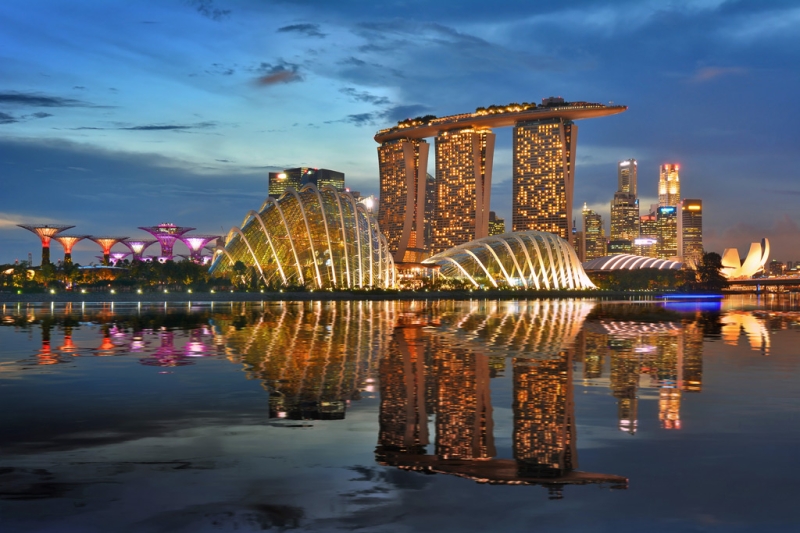
For many years, tourists came to Singapore mainly by transit; the local Changi Airport is the largest transfer hub on the way to the more exotic countries of Southeast Asia and Oceania. It was only relatively recently that the authorities of this city-state began to promote Singapore as a tourist destination in its own right, and it quickly won the love of travelers from all over the world.
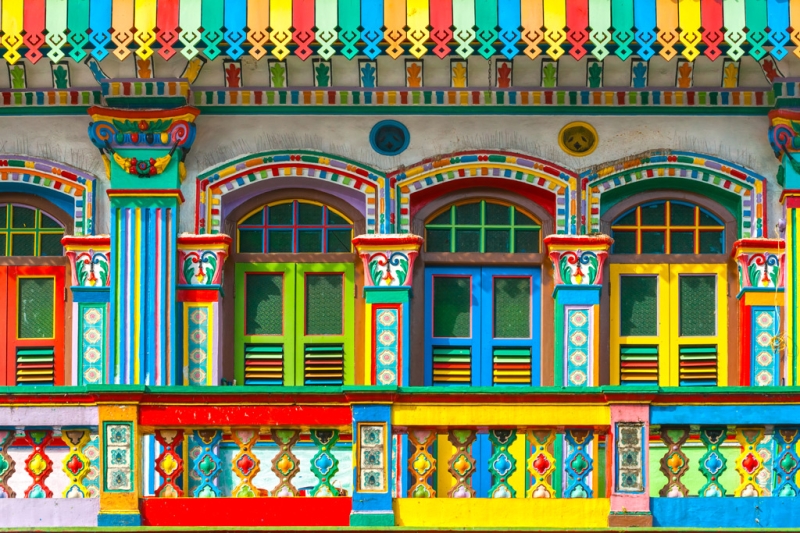
1. Gate of Asia
The authorities of Singapore managed to achieve the impossible – to combine the best that exists in Western and Eastern cultures. European order and cleanliness are organically combined with Asian flavor. If you have never been to the countries of Southeast Asia before, then it would be logical to start your acquaintance with this part of the world from Singapore. Singapore has the highest standard of living and the lowest level of corruption among Asian countries, with all the ensuing consequences: low crime, excellent education and medicine, strict enforcement of laws.
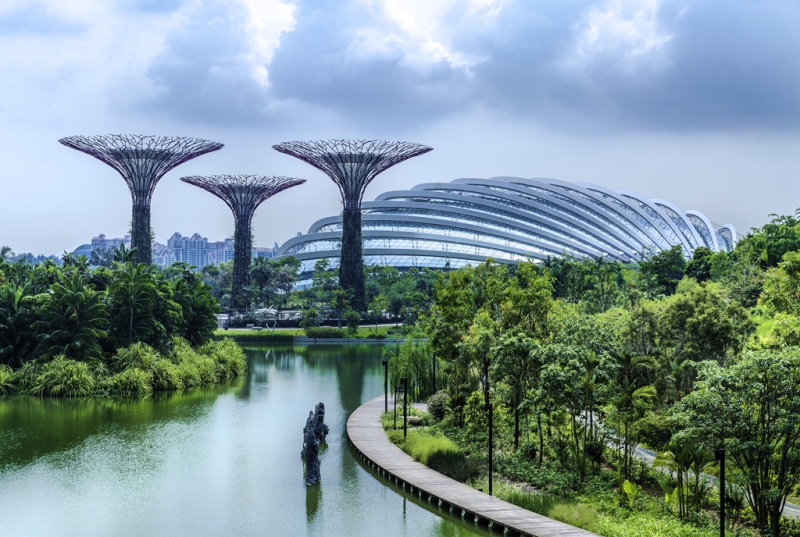
2. Modern architecture
Singapore is one of the most modern and fastest growing cities in the world. They actively use renewable energy sources, successfully develop infrastructure in all parts of the city, including remote areas, and have created one of the most convenient transport systems in the world. Singapore’s city planners, unlike their counterparts in other Asian countries, have focused not on building height, but on aesthetics and functionality. Therefore, instead of tacky, similar skyscrapers, such ultra-modern architectural masterpieces as the Marina Bay Hotel, the building of the Museum of Art and Science and the Gardens at the Bay complex appeared in Singapore.
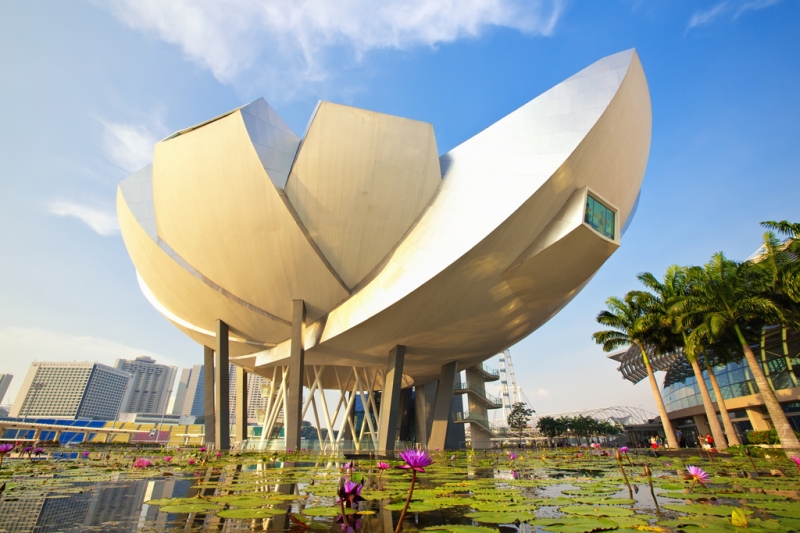
3. Museums
Scientific and historical, ethnographic and archaeological, artistic and children’s – there is a museum for every taste in Singapore. The Museum of Art and Science, which opened in 2011, has become a landmark of the city. It hosts interactive exhibitions reflecting the connections between science, art and creativity. The museum building, built in the shape of a lotus flower, is a museum piece in itself. It is built using smart, energy-saving technologies and is partially self-sufficient using sunlight and rainwater.
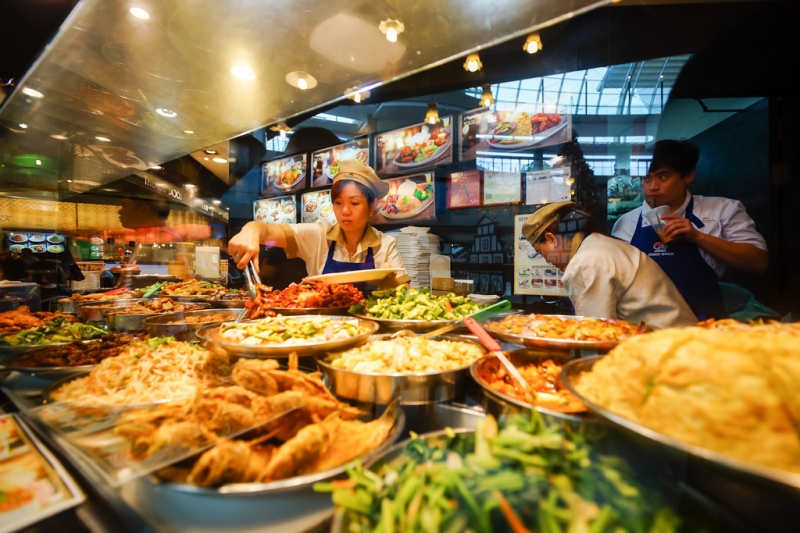
4. Food
Street food is an integral part of Singapore. Local cuisine was formed at the intersection of Chinese, Malay and Indian culinary cultures, resulting in purely Singaporean dishes – chilli crab, Singapore laksa and fish curry. For all this splendor, you don’t have to go to expensive restaurants; the city has many quality food courts, markets and mobile eateries. The main thing is that you can join the culture of Singaporean street food without risk to your health – in Singapore there are large fines for violating sanitary rules and regulations, so cleanliness is strictly observed here.
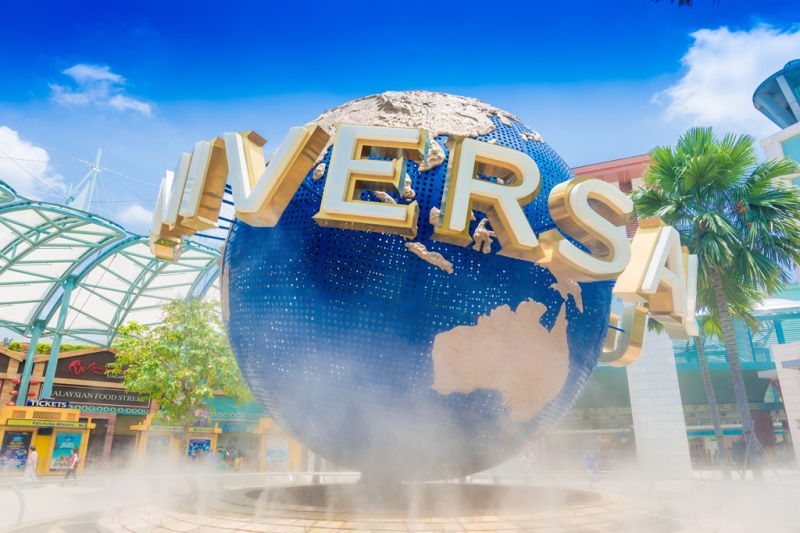
5. Entertainment for children
Singapore with its famous zoo, beaches, and amusement parks is a real paradise for children. All of Singapore’s theme parks are located on the “fun island” of Sentosa. The largest and most interesting of them is “Universal Studios”, there are many attractions based on Hollywood films, several stages where dance and acrobatic shows take place, a tall roller coaster and even a small “Jurassic Park” with interactive dinosaurs. We strongly recommend going on a night safari at the Singapore Zoo; you will not find such a variety of nocturnal animals anywhere else.
Read also:
Top — 10 amusement parks in the world
The best zoos on the five continents
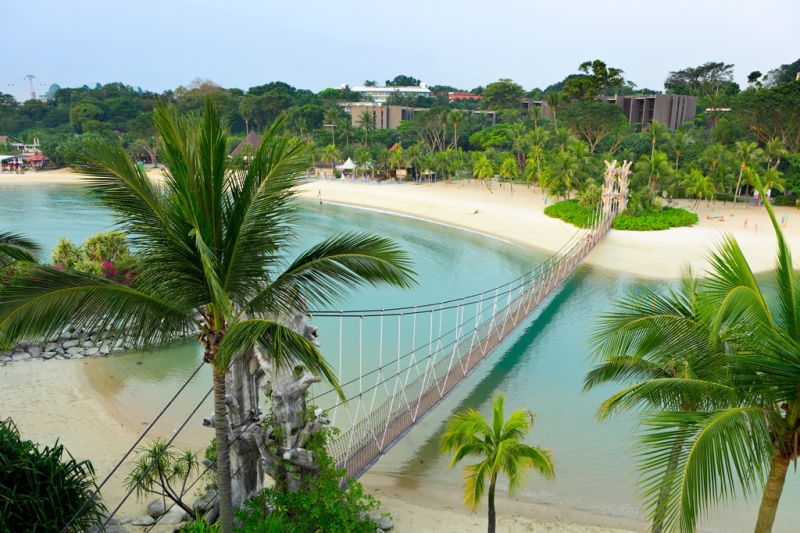
6. Beaches
Singapore is located almost on the equator, so the weather conditions here are ideal for a beach holiday – the air and water temperatures stay around 30 degrees all year round. However, Singapore is a port city, so the water off the coast of the main island is not suitable for swimming. But its other islands – Sentosa, St. James, Pulau Ubin and Kusa – have excellent and varied beaches. Most of the territory of St. James Island is considered a conservation area, so the beaches here are clean and not crowded, but there is no infrastructure. On Sentosa, on the contrary, all the beaches are landscaped and equipped with sun loungers, umbrellas and showers, lifeguards are on duty at the towers, and there are plenty of cafes and shops around. A free tram runs between the best beaches of Sentosa.
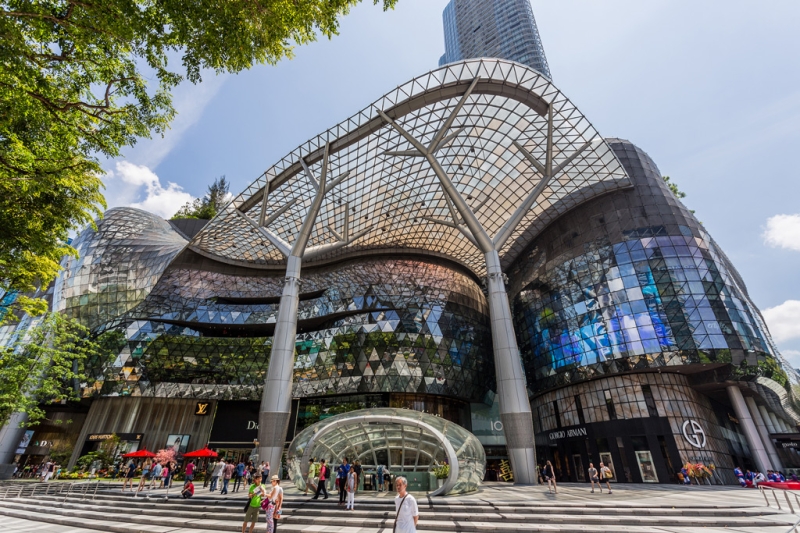
7. Shopping
Singapore is said to have the highest concentration of shops per square kilometer in the world. Local malls are like huge underground cities with their own infrastructure – beauty salons, restaurants and food courts. In Singapore stores you can find literally everything – from clothes and accessories of expensive European brands to exotic Japanese cosmetics and elite Chinese tea. One problem is quite high prices even compared to Moscow.
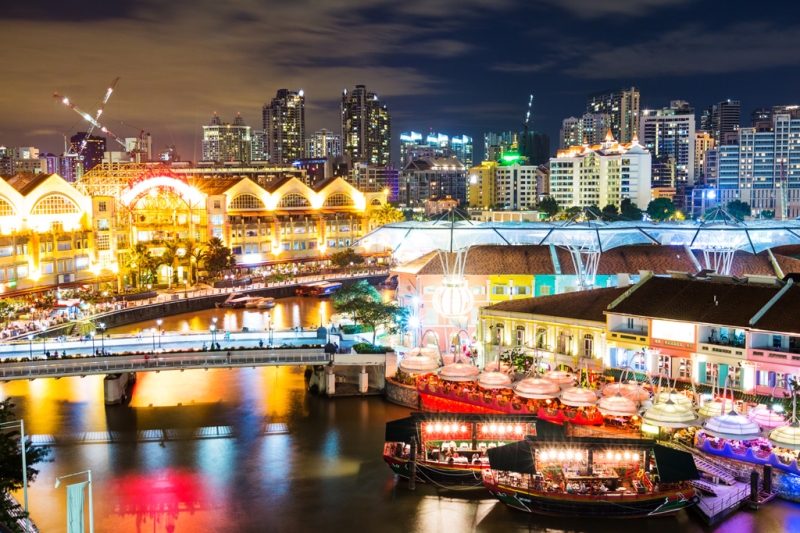
8. Nightlife
Singapore at night is no less diverse and amazing than during the day; there are relatively budget pubs with a good selection, fashionable nightclubs, and prim colonial-style bars. Take an evening to enjoy the brilliant lighting of the artificial trees at Gardens by the Bay, just a stone’s throw from Clarke Quay, one of Singapore’s nightlife hubs.
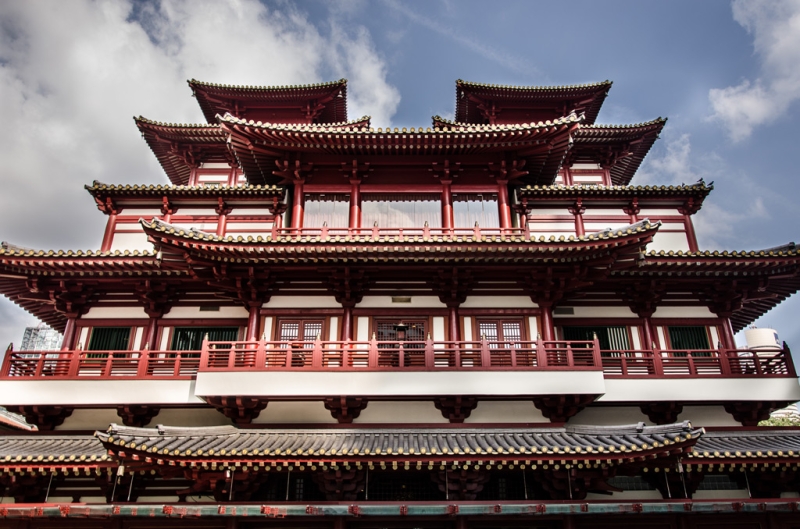
9. Asian eclecticism
You can visit China and India without leaving Singapore. The population of the “lion city” is ethnically very diverse: representatives of different nations and cultures live here side by side. In Little India, colorful Hindu temples coexist with Ayurvedic shops and ethnic restaurants. And in Chinatown there are not only typical Chinese markets, tea houses and souvenir shops, but also one of the largest modern Buddhist temples in the world – the Temple of the Sacred Tooth Relic, which houses a rather interesting museum of Buddhist culture.
Hotel bookings online are possible on OneTwoTrip. Compare prices, read reviews and choose the best accommodations for your trip. And it’s convenient to pay for purchases with a OneTwoTrip loyalty card, and up to 10% of the order amount on OneTwoTrip, as well as up to 2% of any purchases paid for by the card, will be returned to your account.

